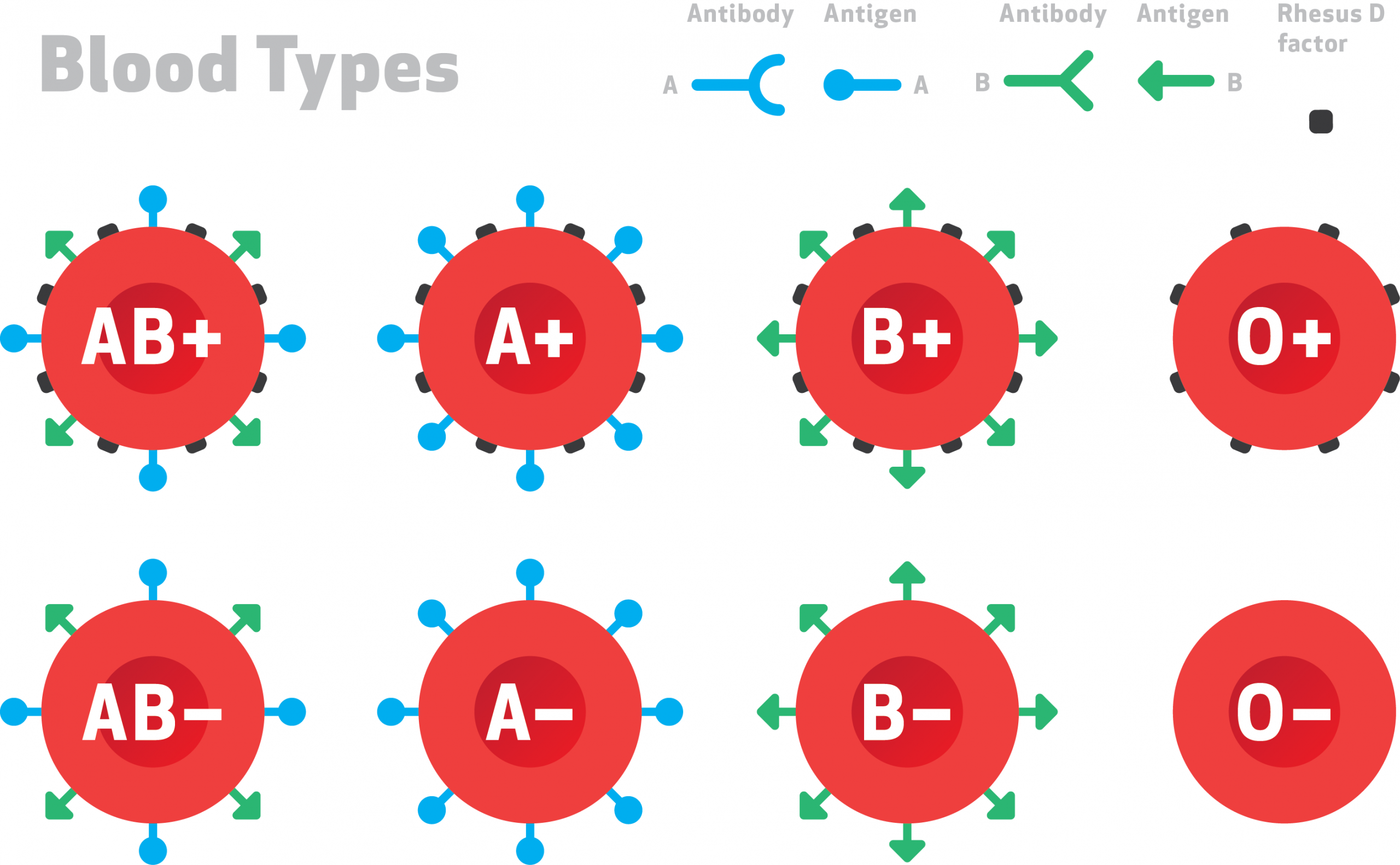The shortage of blood, a global crisis
Blood, the fluid that runs through our body and grants us life, also provides someone with a fighting chance when donated. To emphasize this point, statistics from the American Red Cross states that one donation of blood has the ability to save up to three lives. However, blood is in short supply, not only due to its short lifespan, but also due to insufficient amounts of blood donations. Additionally, the limitation in blood supply occurs globally according to Dr. Robert’s research, further implicating the shortage of blood supplies to be a severe problem.
Why do we have different blood types?
For your information, each of us have different blood types, because of the sugars that exist on our red blood cells. Blood cells with type-A sugar would make it type-A blood, and if it has type-B sugar, it would be type-B blood. If it has both sugars, it would be type-AB blood. Lastly, if the blood has no sugar at all, it would be type-O blood, which is the ultimate reason for why it can be given to any patient.
For this reason, a person with blood type A cannot be given type B blood, as the body would reject this blood. In severe cases injection of the wrong blood could cause the patient to go into shock, a critical condition where the heart fails to deliver blood to vital organs, potentially killing them. Therefore, this limits the amount of blood accessible to each patient, as their blood supply is dependent on blood donors with the same blood type.

Figure 1. Antigens (the sugar molecules mentioned) are what determines what blood type you have. (Image obtained from Canadian Blood Services, hyperlinked to image)
The solution to our problem; Dr. Peter Rahfeld’s study
However, there is a solution. Dr. Peter Rahfeld’s team at University of British Columbia (UBC)’s Michael Smith Laboratories have successfully found a method in converting type-A blood into type-O blood through the usage of enzymes (molecules that allows chemical reactions) produced by gut bacteria.
Yes, gut bacteria. The ones that exist within our intestines.
Why gut bacteria – and how did they know that their solution would be from gut bacteria? Well, according to researcher Stephen Withers who was involved in the research with Dr. Rahfeld’s team, states that “they already knew that the lining of digestive tract contained [the same sugars] found on blood cells”. With the knowledge that there are 300 to 500 different bacteria in our gut, it seemed that there could be an enzyme that would cut sugars off of blood cells. This assumption was found correct, as they had found that the enzymes of a gut bacteria named Flavonifractor plauti was capable of cutting type-A sugar off of red blood cells. This means that converting type-A blood into type-O blood is now possible.
How does the enzyme convert the blood?
We have created a video (that can be seen below) that talks about Dr. Rahfeld’s research in-depth, and outlines the mechanisms of how blood sugar is removed from the surface.
What does this mean?
With previous research that showed success in converting type-B blood to type-O blood, this means that we are now able to remove both type A and B blood. Thus, converting all blood types to type O blood is now possible. How these findings will be implemented in the future is addressed with depth in our podcast that summarizes our interview with Dr. Rahfeld.
But regardless of this amazing scientific finding, more people need to actively engage in donating blood to solve the global crisis of blood shortage. So, go out there and start donating blood.
Thank you for Professor Baliga for guidance of this project.
Additionally, special thank you to Dr. Rahfeld for permitting us time to do an interview and helping clarify any questions that we had for the research.
Written by : Tara Behzadi, Simar Dhaliwal, Sana Furqan and Isaiah Youm
